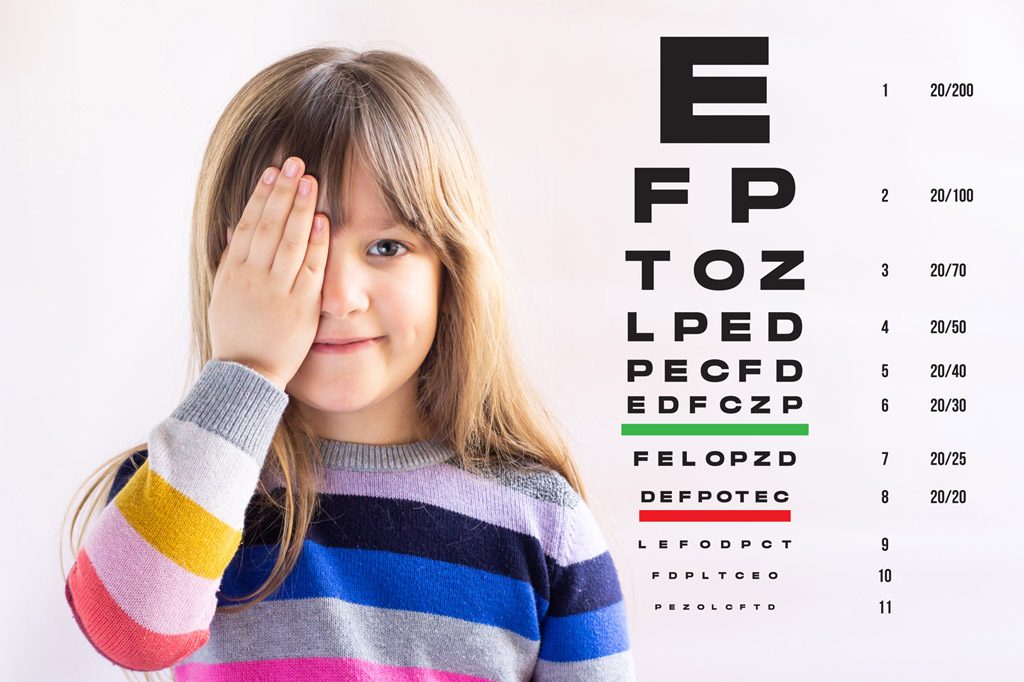Myopia affects more than a quarter of Singapore children as young as seven years. Here’s what you need to know.

Singapore has one of the highest rates for myopia (or short-sightedness) in the world. Children, especially, are susceptible to this condition, as it affects 28% of children as young as seven years, with the number rising to 83% when they reach 18.
Myopia is suspected in a child when they cannot see things well in the distance. Often, younger children may not be aware of the condition, but some of the signs which suggest myopia include children going up close to the TV to watch. ”
The earlier the onset of myopia, the higher the degree of myopia becomes. ” This in turn increases the risk of complications which can lead to reduced vision and blindness.
The following are some myopia-related complications that can occur:
- Retinal detachment: a condition where the inner layer of the eye detaches from the eyeball
- Cataracts (opaqueness of the lens): there is a higher chance of this at an earlier age
- Glaucoma: increased fluid pressure in the eyeballs
- Macular degeneration: when the retina degenerates, reduced vision follows
- Amblyopia or lazy eye: decrease in vision when one/both eyes send a blurry image to the brain during the critical period of development. ” This happens if there is a lot of difference in the eye power between the two eyes or the myopia in both eyes is very severe. ” This interferes with the normal development of the part of the brain responsible for vision, and the brain “learns” to only see blurred images with that eye. If it is not treated, it can cause permanent loss of vision. Since about 3-5% of children are affected by amblyopia, routine vision screenings in school are important.
A study of six-year-old Chinese children shows that myopia rates are 29% in Singapore but only 3% in Sydney. The key difference? Children in Sydney spent 14 hours per week outdoors while Singapore children spent only three hours per week outdoors. ”
The risk factors are excessive reading, writing, computer use and lack of time outdoors. Exposure to high sun light levels may cause the release of dopamine in the retina and prevent excessive eye growth and myopia development.
Treatment of myopia
Evidence suggests that the most effective method to slow the progression of myopia is an eyedrop called atropine. Atropine 1% has been used in ophthalmology for a long time. It relaxes the pupil and focuses eye muscles causing blurred vision for near sight but results in a dilated pupil which is sensitive to light. To counter this sensitivity, lower concentrations are used with great success. Currently atropine 0.01% has almost no side effects compared with higher concentrations of atropine, and is still effective in controlling myopia progression.
Intermittent exotropia
This common eye condition is experienced by 50% of paediatric eye patients in the clinic. ” The child may experience an outward drift of an eye only occasionally – such as when they are very tired or feeling sick – despite their e! orts to refocus. Children may squint one eye in bright sunlight, or may rub one of their eyes. Some describe the sensation of blurry or double vision, and this happens when their eyes are misaligned. Some can sense that one eye is misaligned, while others are unaware unless someone tells them. Non-surgical treatment may include glasses or eye exercises. In some instances, patching therapy may be recommended, but if the eyes are misaligned more than they are straight, surgery is usually recommended for realignment. If the eyes are constantly misaligned, the child will lose the ability to see objects with both eyes simultaneously, an important part of normal depth perception.







